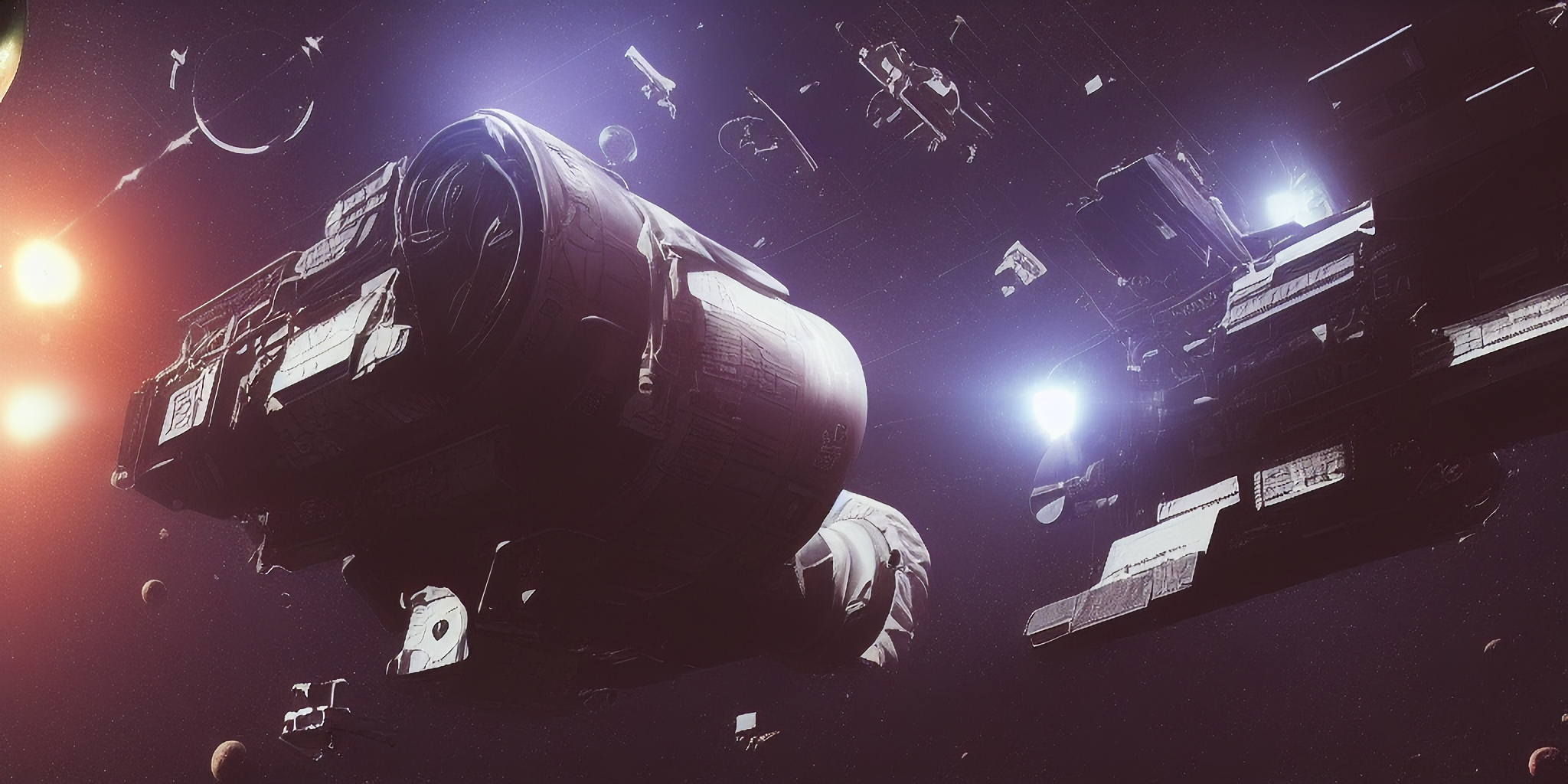Created
Sep 2, 2021 06:34 PM
Topics
Components of a Learning SystemExample: Credit Approval SystemA Simple Learning ModelWeight w(t)ErrorsHypothesis Space Complexity of Goal of Machine LearningLearning ParadigmsSupervised LearningOnline LearningActive LearningUnsupervised LearningApplicationsSemi-Supervised LearningApplicationsSelf-Supervised LearningWhy WorksApplicationsReinforcement LearningCourse OverviewTODO: Homework 0
Components of a Learning System
Example: Credit Approval System
Input: Customer Information (demographics, income, age, gender)
Output: Binary credit decision (made money or not)
Unknow target function (Idea credit approval formula)
Training Data (histoical records of current customers)
- typically I.I.D (independent & identically distributed)
Learning Algorithm → Final Hypothesis (Learned credit approval func)
Hypothesis Set (Condidate predictive functions)
A Simple Learning Model
Hypothesis Set: All linear functions
Weight w(t)
Update:
Assuming data linearly seperable: this algoritm h(x) works
Errors
out-of-sample error (unknown)
in-sample error (training error - known)
Hypothesis Space
The set of functions that includes g that best approximates f
Picking a hypothesis space = selecting the type of algo / modal to use
Complexity of
- Complex : better chance of approximating in-sample
- Simple : better chance of generalizing out-of-sample
Goal of Machine Learning
Minimize given
Learning Paradigms
Supervised Learning
Explicitly provided w/ labeled inputs
Online Learning
Does not have access to all data upfront
Given the algo one example at a time
e.g. auto driving
Active Learning
Algo allowed to query egs for its training
Unsupervised Learning
Only given input examples w/o annotations
- Like human's obsersational learning
- A hard problem
Applications
- Clustering Images
- Embedding Images: give each images an coord to put similar ones together
- Embedding Words
Semi-Supervised Learning
Only given a subset of labels
Applications
Label propagation
Self-Supervised Learning
Infer labels from large collections of unlabeled data by exploiting other properties associated w/ dataset
- Professor Worked on it during PHD
Why Works
Supervised: hitting its limit
Unsupervised: too hard to approach
Applications
Exploiting temporal correlatons of video frames to deduce that image from nearby frames are similar
Reinforcement Learning
Agent finds its own way & use positive/negative reward/punishment for guide
Course Overview
- ML Overview: learning & generalization
- Probabilistic approach
- Linear Parametric models
- Non-Linear Parametric models
- Unsupervised
TODO: Homework 0
Content: questions from probability, calculus, linear algebra (10 questions)
On Brightspace
‣
